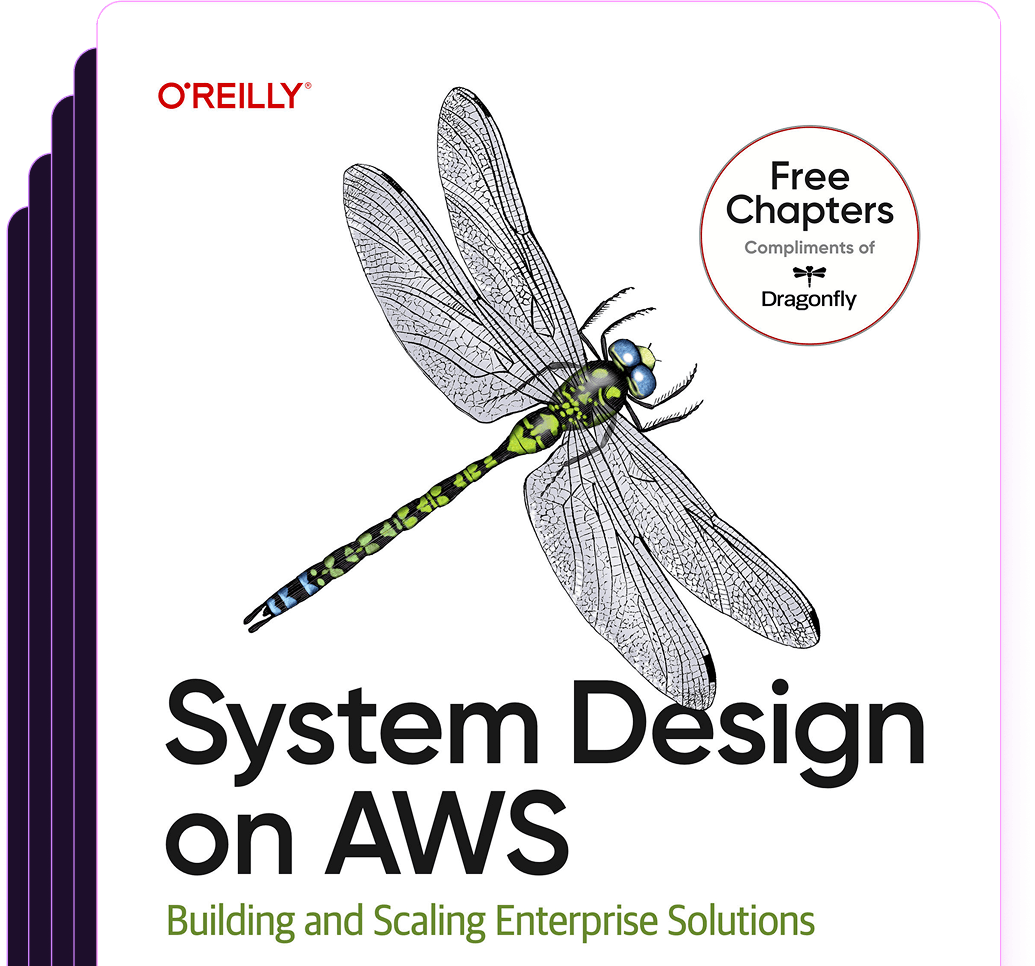Question: How do you upgrade a MongoDB cluster?
Answer
Upgrading a MongoDB cluster is an important task that ensures your database system benefits from the latest features, performance improvements, and security patches. The process can vary slightly depending on whether you are using MongoDB Atlas, a managed service, or managing the cluster yourself. Below are general steps for upgrading a self-managed MongoDB replica set or sharded cluster. Always refer to the official MongoDB documentation for specific instructions related to your version.
For Replica Sets:
- Read the release notes: Before starting, read the MongoDB release notes for the target version to understand any backward-incompatible changes, new features, and specific instructions.
- Backup your data: Ensure you have a recent backup of your data. You can use
mongodumpfor this purpose. - Upgrade secondary nodes: Upgrade the
mongodinstances on all secondary nodes one at a time. To do this, stop themongodinstance, replace the binary with the one from the newer version, and restart the instance.
```bash
mongod --shutdown
# Replace the mongod binary with the new version
mongod --config /path/to/your/mongod.cfg
``` - Step Down Primary: Once all secondaries are upgraded and in sync, step down the primary using the
rs.stepDown()command in the mongo shell. This will force an election, and one of the updated secondaries will become the new primary.
```js
rs.stepDown()
``` - Upgrade the former Primary: Now, upgrade the
mongodinstance on the former primary node following the same steps used for the secondaries. - Verify the upgrade: Use the
db.version()command in the mongo shell to verify that all nodes are running the target version.
For Sharded Clusters:
- Read the release notes and Backup your data as described above.
- Upgrade Config Servers: Start by upgrading all the members of the config server replica set, one by one, as you would upgrade a standard replica set.
- Upgrade Shard Nodes: Upgrade each shard (which may be a replica set itself) following the replica set upgrade process described above.
- Upgrade Mongos Instances: Finally, upgrade all
mongosinstances. Since these are stateless, you can simply replace the binary and restart them one at a time.
Post-Upgrade Tasks
- Check the logs for any warnings or errors after the upgrade.
- Test your application to ensure it works correctly with the upgraded cluster.
- Consider enabling any new features or optimizations available in the upgraded version.
Remember, the upgrade process can be complex, especially for large, heavily used clusters. Testing the upgrade in a staging environment before applying it to production is highly recommended.
Was this content helpful?
Help us improve by giving us your feedback.
Other Common MongoDB Performance Questions (and Answers)
- How to improve MongoDB query performance?
- How to check MongoDB replication status?
- How do you connect to a MongoDB cluster?
- How do you clear the cache in MongoDB?
- How many connections can MongoDB handle?
- How does MongoDB sharding work?
- How to check MongoDB cluster status?
- How to change a MongoDB cluster password?
- How to create a MongoDB cluster?
- How to restart a MongoDB cluster?
- How do I reset my MongoDB cluster password?
- How does the $in operator affect performance in MongoDB?
Free System Design on AWS E-Book
Download this early release of O'Reilly's latest cloud infrastructure e-book: System Design on AWS.

Switch & save up to 80%
Dragonfly is fully compatible with the Redis ecosystem and requires no code changes to implement. Instantly experience up to a 25X boost in performance and 80% reduction in cost